Filippo Brunelleschi, a luminary of the Italian Renaissance, is often regarded as the architect who laid the groundwork for modern architecture. His innovative approach and unique techniques not only reshaped the architectural landscape of his time but continue to inspire and influence architects around the world today. Through a harmonious blend of art and science, Filippo Brunelleschi has left an indelible mark on history that transcends generations.
The Life and Times of Filippo Brunelleschi

The life of Filippo Brunelleschi is a rich tapestry woven with threads of creativity, perseverance, and revolutionary ideas. Born in Florence in the late 14th century, he started his career as a goldsmith and sculptor. His formative years were spent mastering the intricacies of materials and design, skills that would later serve him well in his architectural endeavors. However, it was not merely his training that set him apart; rather, it was his insatiable curiosity and relentless pursuit of knowledge that propelled him towards greatness.
Early Influences
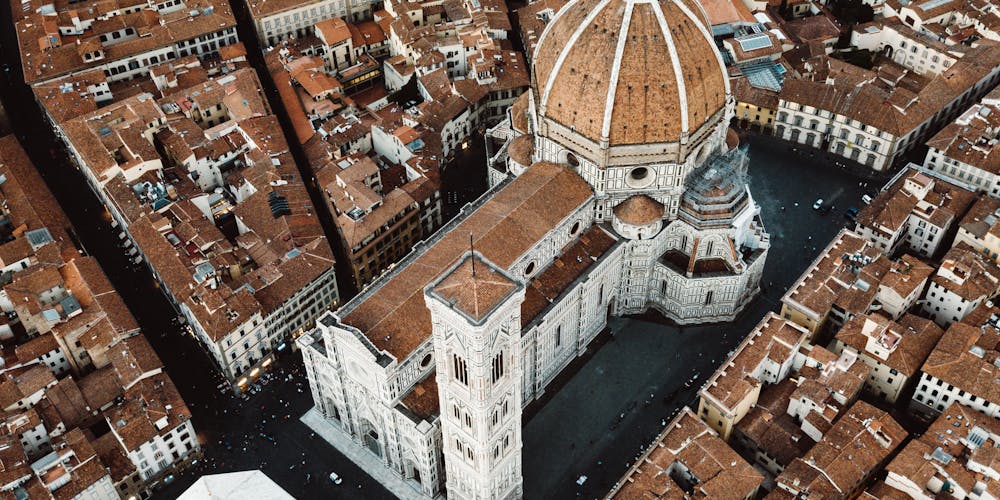
Brunelleschi’s early exposure to the arts fostered a profound understanding of form and structure. His apprenticeship under established artisans provided him invaluable insights into the nature of craftsmanship.
He drew inspiration from the classical ruins scattered across Italy, which ignited a passion within him to explore new architectural concepts. The interplay between light and shadow in these ancient structures fascinated him, and he became determined to apply this understanding to his works. By studying geometry and perspective, Brunelleschi began to develop the foundational principles that would define his architectural philosophy.
Transition to Architecture

Transitioning from goldsmithing to architecture was a pivotal moment in Brunelleschi’s life. His creative journey took him beyond mere craftsmanship; he sought to create spaces that resonated with beauty and harmony. In a time when Gothic architecture dominated, Brunelleschi yearned to reintroduce classical elements, merging them with innovative techniques.
His signature approach involved using mathematical precision to achieve aesthetic perfection. The introduction of linear perspective in his designs not only transformed the visual experience of a space but also set the stage for future artistic developments. Brunelleschi’s pioneering work in perspective illustrated the potential of architecture to convey depth and dimension, enriching the viewer’s experience.
Obstacles and Triumphs
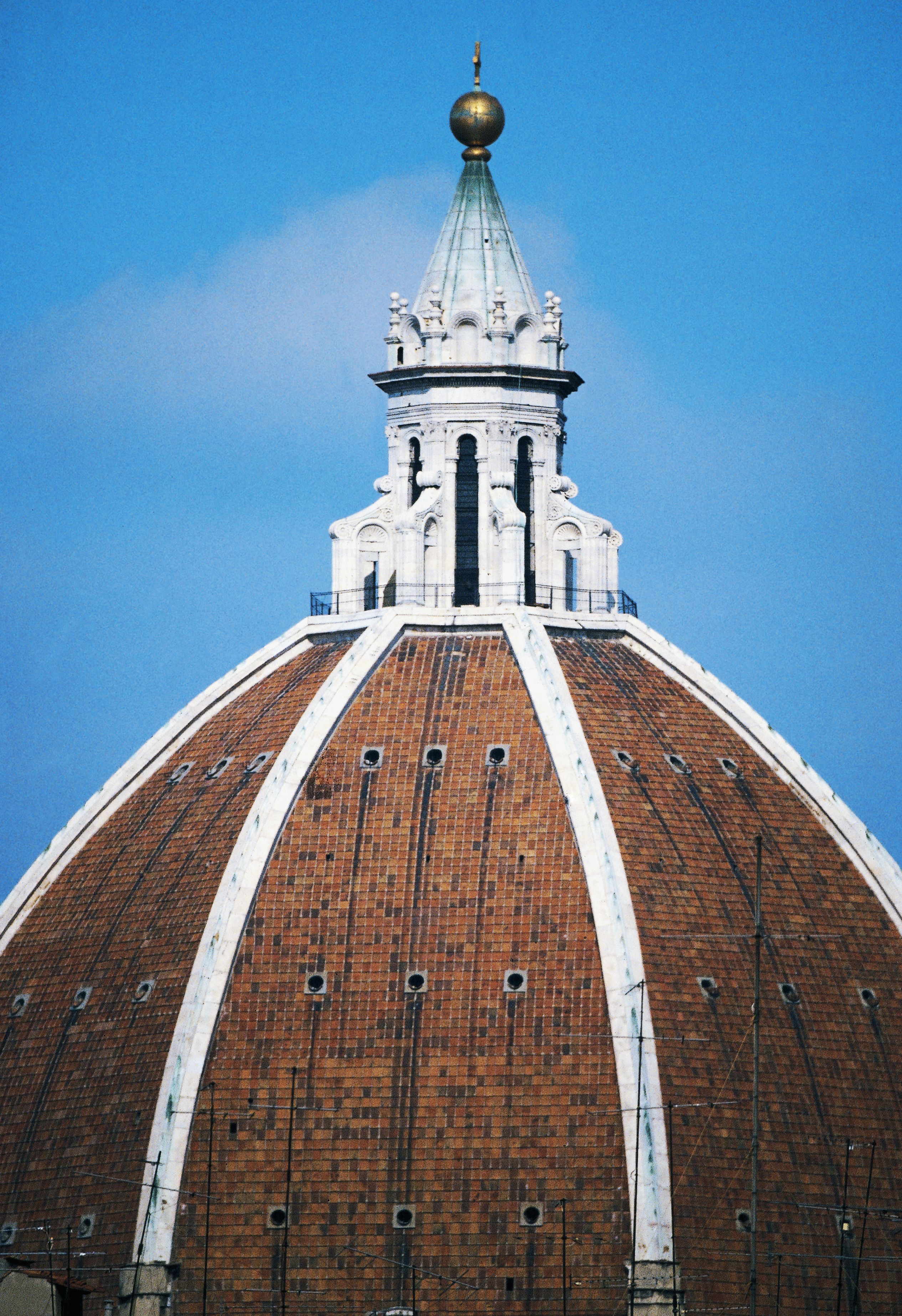
Despite his talent, Brunelleschi faced numerous challenges throughout his career. Jealousy from peers and skepticism from patrons often tested his resolve. Nevertheless, his unwavering determination allowed him to persevere through adversity. His most notable triumph came with the construction of the Dome of Santa Maria del Fiore, an ambitious project that seemed impossible at the time.
Brunelleschi’s innovative methods for raising and assembling the dome without scaffolding defied conventional practices. This remarkable feat not only showcased his engineering genius but also solidified his status as a visionary architect. The successful completion of the dome became a symbol of the Florentine spirit—an emblem of resilience and creativity that inspired countless generations.
Architectural Innovations of Filippo Brunelleschi

Filippo Brunelleschi’s contributions to architecture extend far beyond the physical structures he created. His revolutionary techniques and principles reshaped the discipline itself, paving the way for future innovations. The integration of mathematics, perspective, and structural mechanics in his designs marked a significant departure from prior architectural conventions.
The Dome of Santa Maria del Fiore

At the heart of Brunelleschi’s legacy lies the magnificent Dome of Santa Maria del Fiore. This monumental structure remains one of the most iconic landmarks in Florence, embodying the essence of Renaissance architecture.
Brunelleschi’s approach to constructing the dome was groundbreaking. He devised a double-shell structure that alleviated the immense weight while maintaining stability. This ingenious design not only allowed for the creation of a larger dome but also enhanced the aesthetic appeal of the cathedral.
The use of ribs and herringbone brick patterns added both strength and beauty to the dome. This meticulous attention to detail is a hallmark of Brunelleschi’s work, showcasing his belief that function and aesthetics should coexist harmoniously. As visitors gaze upon the dome, they are transported to a realm where artistry meets engineering—a testament to Brunelleschi’s vision.
Linear Perspective

Another profound innovation attributed to Brunelleschi is the formalization of linear perspective. This concept revolutionized the representation of three-dimensional space on a two-dimensional surface, providing artists and architects with a powerful tool to create depth and realism in their works.
Brunelleschi’s experiments with perspective culminated in his famous painting, “The Holy Trinity,” which exemplifies the principle of vanishing points. By establishing a central point through which all lines converge, he created a convincing illusion of depth. This technique not only elevated paintings but also transformed architectural design by allowing architects to visualize proportions and spatial relationships more accurately.
Influence on Modern Architecture

The impact of Brunelleschi’s innovations extends far beyond the confines of the Renaissance. His principles of design have endured through centuries, influencing countless architects and movements. The emphasis on symmetry, proportion, and harmony became foundational elements in Western architecture, leading to the development of neoclassicism and beyond.
Modern architects continue to draw inspiration from Brunelleschi’s pioneering spirit. The fusion of art and technology in contemporary architecture echoes his vision of creating spaces that resonate with the human experience. The quest for balance between functionality and aesthetics remains a guiding principle, evolving in response to changing societal needs while rooted in the tenets established by Brunelleschi.
The Intersection of Art and Science in Brunelleschi’s Work
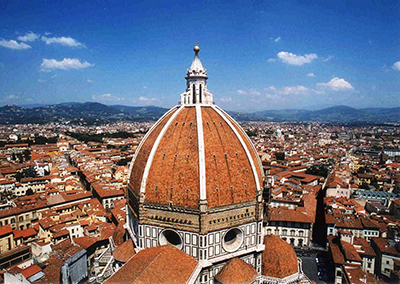
One of the defining characteristics of Filippo Brunelleschi’s work is the seamless integration of art and science. His ability to synthesize these seemingly disparate domains reflects a deeper understanding of the built environment and its relationship to humanity.
A Scientific Approach to Design
Brunelleschi’s architectural practice exemplified a scientific approach that embraced empirical observation and experimentation. His studies of geometry and physics informed his designs, allowing him to devise solutions to complex structural challenges.
In addition to his expertise in mathematics, Brunelleschi was deeply curious about materials and their properties. He experimented with various construction techniques, employing innovative methods that prioritized safety and durability. This commitment to empirical evidence laid the groundwork for future advancements in architectural engineering.
Artistic Expression through Geometry
While Brunelleschi’s work was grounded in scientific principles, it was equally characterized by artistic expression. His designs reflect a keen sensitivity to aesthetic considerations, demonstrating an unwavering dedication to beauty.
The elegant proportions and harmonious symmetry found in his buildings showcase the interplay of form and function. For example, the intricate details of the Dome of Santa Maria del Fiore highlight the marriage of architectural rigor and artistic flourish. His mastery of geometry allowed him to create visually striking compositions that resonate with viewers on an emotional level.
Bridging Two Realms
The intersection of art and science in Brunelleschi’s work serves as a reminder of the interconnectedness of human creativity. His legacy embodies the notion that true innovation arises from the collaboration of diverse disciplines.
As architects today grapple with the complexities of sustainability and technology, Brunelleschi’s holistic approach offers valuable insights. The acknowledgment of the artistic aspects of design, paired with scientific rigor, is essential in addressing contemporary challenges. By recognizing the importance of integrating aesthetics and functionality, architects can create spaces that enhance human experiences while respecting the environment.
The Enduring Legacy of Filippo Brunelleschi
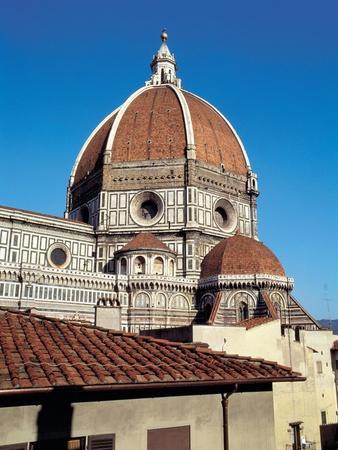
Filippo Brunelleschi’s contributions have left an enduring imprint on the field of architecture. His innovative spirit and profound insights into the relationship between art and science continue to shape the design of our built environment.
Inspiration for Future Generations
Brunelleschi’s legacy serves as an inspiration for architects and artists alike. His work demonstrates the power of imagination and ingenuity in overcoming challenges. His unwavering commitment to integrating creativity with technical knowledge serves as a model for aspiring architects seeking to push boundaries.
Across the globe, emerging architects draw on Brunelleschi’s principles to inform their designs. They recognize the importance of maintaining a dialogue with the past while embracing contemporary innovations. This cyclical relationship ensures that Brunelleschi’s ideas remain relevant and vital to the evolution of architecture.
A Model for Sustainability
In an era increasingly focused on sustainability, Brunelleschi’s holistic approach resonates with current architectural discourse. His careful consideration of materials and environmental factors underscores the significance of designing structures that harmonize with their surroundings.
Architects today strive to honor the natural world through thoughtful design choices, much like Brunelleschi did centuries ago. By prioritizing sustainability as a core value, contemporary architects build upon his legacy, demonstrating that innovation need not come at the expense of ecological integrity.
The Timelessness of Brunelleschi’s Philosophy
Ultimately, the timelessness of Filippo Brunelleschi’s philosophy lies in its adaptability. His ability to bridge gaps between tradition and modernity serves as a guiding light for contemporary architects navigating an ever-evolving landscape.
Brunelleschi’s insistence on balancing aesthetic beauty with functional integrity continues to resonate with architects around the world. This duality—the fusion of art and science—remains a cornerstone of architectural practice, promising that Brunelleschi’s legacy will endure for generations to come.
Conclusion
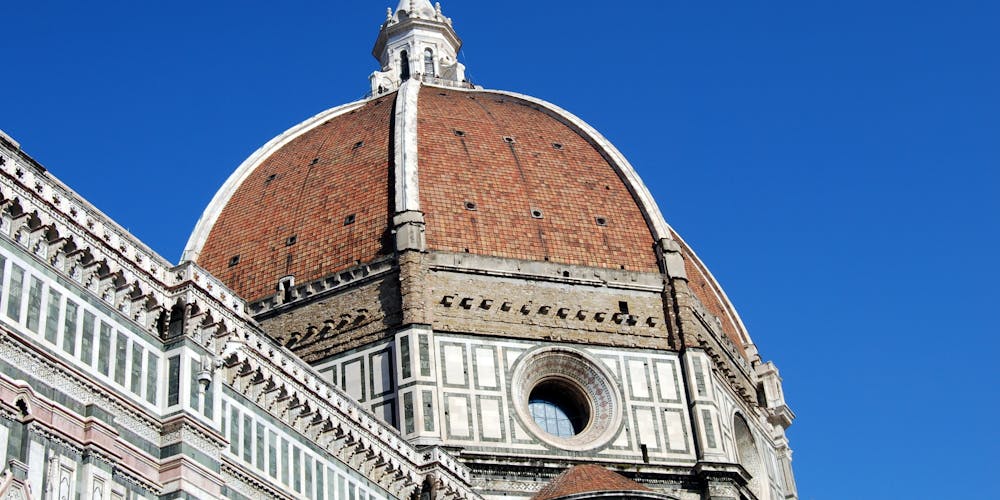
Filippo Brunelleschi stands as one of the most significant figures in the history of architecture. His innovative spirit, mastery of mathematical principles, and artistic sensibility have shaped the course of architectural thought and practice. Through the timeless elegance of the Dome of Santa Maria del Fiore and his pioneering work in linear perspective, Brunelleschi has left an indelible mark on the world.
His ability to weave together the realms of art and science illustrates a profound understanding of the built environment, inspiring architects and scholars alike. As we navigate the complexities of contemporary design, we can look to Brunelleschi as a guiding figure—one who reminds us that creativity flourishes at the intersection of diverse disciplines. The legacy of Filippo Brunelleschi continues to inspire, serving as a beacon of innovation in the ever-evolving landscape of architecture.
✉️ Stay Connected — Subscribe for Weekly Updates
Discover timeless stories, practical wisdom, and beautiful culture — delivered straight to your inbox.
*We only share valuable insights — no spam, ever.






